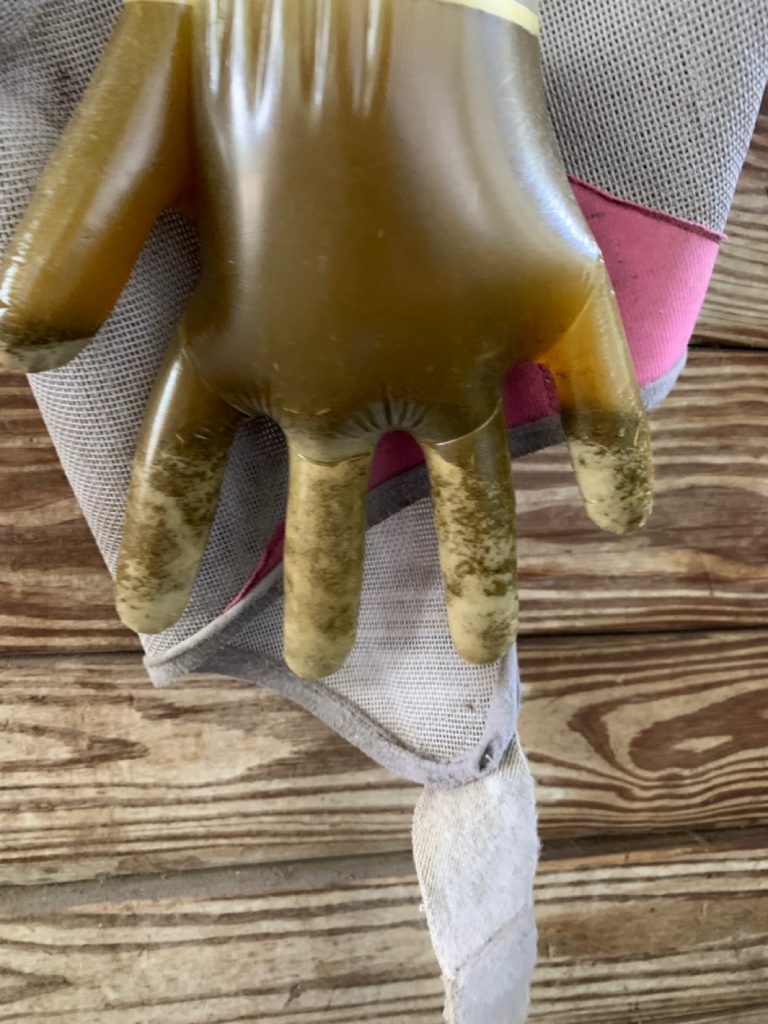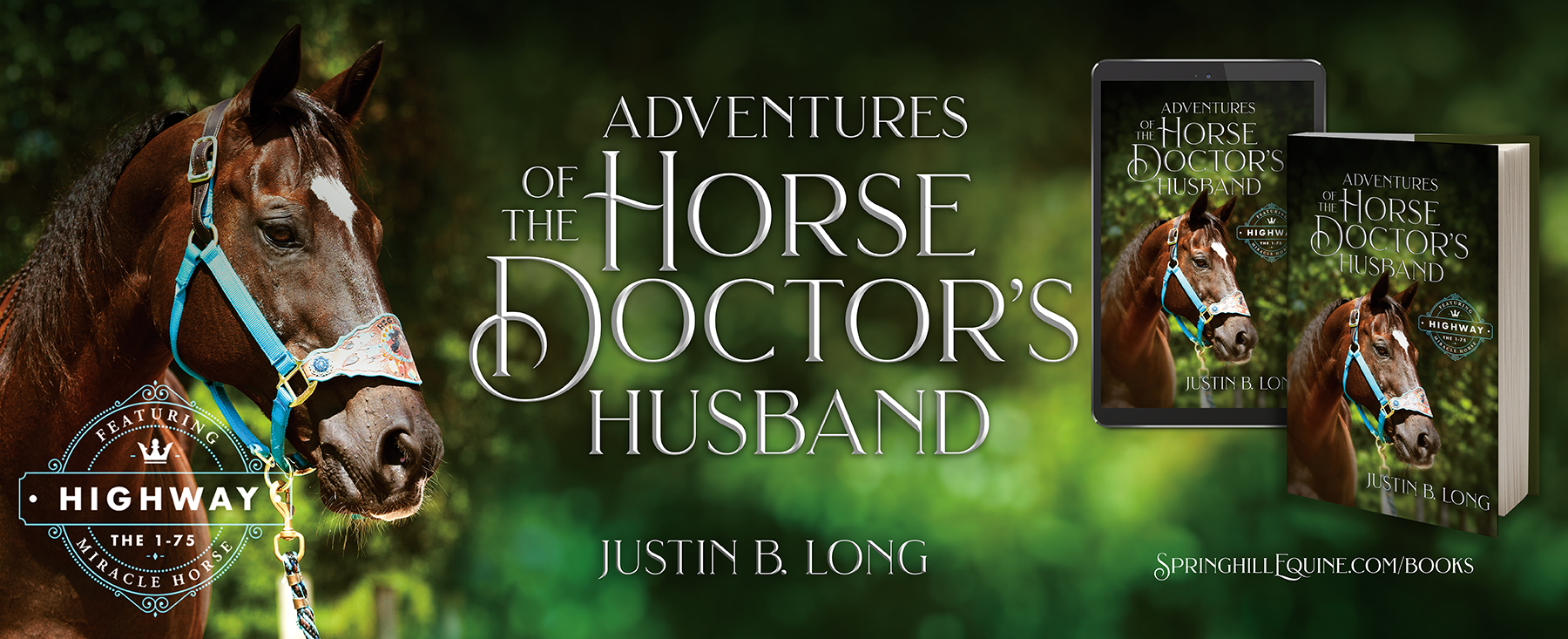Tuesdays with Tony
When you think of sand, what images come to mind? Probably pleasant visages of laying on a sandy beach getting a tan, or your kids playing outside in the sandbox as you enjoy a cold glass of lemonade, or feeling the sand squish beneath your toes as the waves tickle your ankles along the shore. Well, when veterinarians think of sand, they think of colic. Sand is not associated with happy times for those of us in the equine medical profession. And this cat is here to tell you why.
Why is sand bad?
Here in Florida, we have no shortage of sand in our soil. When horses run out of grass to eat, or when the grass gets very short, they begin to accidentally ingest sand as they forage. Eventually, this sand settles in the large intestine and accumulates until it forms a partial or complete GI obstruction.
You’ve seen kids build sandcastles. Have you noticed how remarkably well they stand up until the bully from the next umbrella over comes by and kicks them down? That’s because sand has an excellent ability to hold the shape of whatever vessel it is molded into. In the case of horses, that vessel is the large intestine.
In some cases, if enough sand is ingested to block the whole diameter of the intestine, the sand will compact and become as hard as a rock. Again, a lesson in why sand makes a great building material. Unfortunately, it also makes a very uncomfortable and impacted horse.
How does my horse accumulate sand?
Sand is usually picked up as horses graze, or as they search for food where there is no grass. Sand can also be ingested if they are fed on the ground, as they prehend their pellets of grain or stems of hay. If your horse is a messy eater, he may also drop a fair bit of grain onto the sand as he eats, and then scoop up mouthfuls of sand as he tries to pick up every last crumb.
The esophagus, stomach, and small intestine generally have enough peristalsis (that’s a fancy medical term for muscle contractions) to move sand along. However, once the sand gets to the large intestine, it tends to just sit there. The large intestine is huge and actually kinda square. So, as sand enters the large intestine it generally settles flat on the bottom, taking the shape of the folds and turns of the colon, as all the other ingesta and intestinal content floats along above it, unawares.
This location serves as a dumping ground for sand, and this sand accumulation can continue without any external signs for months to years. Eventually, however, there comes a point when your horse begins to notice something’s not right. Depending on how stoic your horse is, some time thereafter he will begin trying to tell you that something’s not right. Usually, this happens in the form of colic.
How can sand colic be treated?
So, your horse is colicking. You can’t think of anything different in your feeding program or routine recently to explain why. He’s laying down, not interested in eating, but also not thrashing around in terrible pain. You call me at the office, and I send out my first available doctor to check him out.
Doc assesses the situation, performs a physical exam, gives him some pain medication and sedation, and then begins her trans-rectal palpation. That’s where she finds the first clue: his manure is kinda gritty. She grabs a handful of manure, puts it in a rectal sleeve with some water, and hangs it up on a nail. That’s weird, you think to yourself. But then again, you humans do weird things all the time, so you’re probably used to it.

Doc also mentions that she felt a soft but full large intestine on one side, with a lot of gas-distended intestine on the other side. She begins to ask you about what he eats, where he eats, and she takes a look at your pasture. She also asks you if you give your horses Sand Clear on a regular basis.
Now, back to that rectal sleeve of poop. You glance over to it and notice that it has changed…the fingers of the glove are completely filled with sand! How could that much sand even exist in one small handful of manure?! The rest of the organic material from the fecal ball is floating on top of the water. It’s magic!
At this point, doc is dumping a bag of some grey powder into a bucket and mixing it with ooey gooey mineral oil. You ask what it is, and she tells you the powder is called Psyllium, a pure form of fiber that is going to form a gel with the mineral oil and carry that sand out of the large intestine where it’s been hiding unbeknownst to you for quite some time. She will pass a nasogastric tube down to his stomach and pump in this magical goo once a day for the next 4 days. And just like that, sand problem gone. Ta-da!
How can sand colic be avoided?
While colic is the most common way owners learn their horse has been accumulating sand, an emergency visit from your vet is not how you want to find out your horse has been snacking at the sandbar. Not to mention, several days of farm calls, tubing with psyllium, and worrying, is not much fun for your horse or your wallet. So instead, why not follow these couple of Tony Tips to nip sand in the bud?
1. Focus on your pastures. Figure out a way to fertilize, rotate grazing, plant grass seed, irrigate your pastures, or otherwise work on getting some grass to grow! If your horses have long, healthy grass to eat, they are far less likely to pick up sand, because they won’t be grubbing for dead roots in the dirt.
2. Feed your horses off the ground. Ideally, hay should be fed in a hanging hay net, hay manger, or hay feeder. Grain should be fed in elevated feed buckets with mats underneath for the crumbs that are dropped. This simple step can drastically decrease the amount of sand your horse ingests every day.
3. Give your horses SandClear once a day for one week every month. If you know your property is sandy, or you don’t have the best pasture situation around, this is a great idea. SandClear is a pelleted form of psyllium that is designed as a feed-through. While it won’t fix a complete sand obstruction, it can help to carry small amounts of sand out of the intestine so it doesn’t build up and turn into a bigger problem.
So now, thanks to the one and only Tony, you know everything you ever needed to know about sand and horses. I guess that’s one less thing to worry about!
Until next week,
-Tony
P.S. If you need my Docs during Hurricane Dorian, call 352-474-5007. They’ll be on call 24/7, just like always.
Tuesdays with Tony is the official blog of Tony the Clinic Cat at Springhill Equine Veterinary Clinic in Newberry, Florida. If you liked this blog, please subscribe below, and share it with your friends on social media! For more information, please call us at (352) 472-1620, visit our website at SpringhillEquine.com, or follow us on Facebook!
[jetpack_subscription_form title="Subscribe to Whinny's Wisdoms"]

